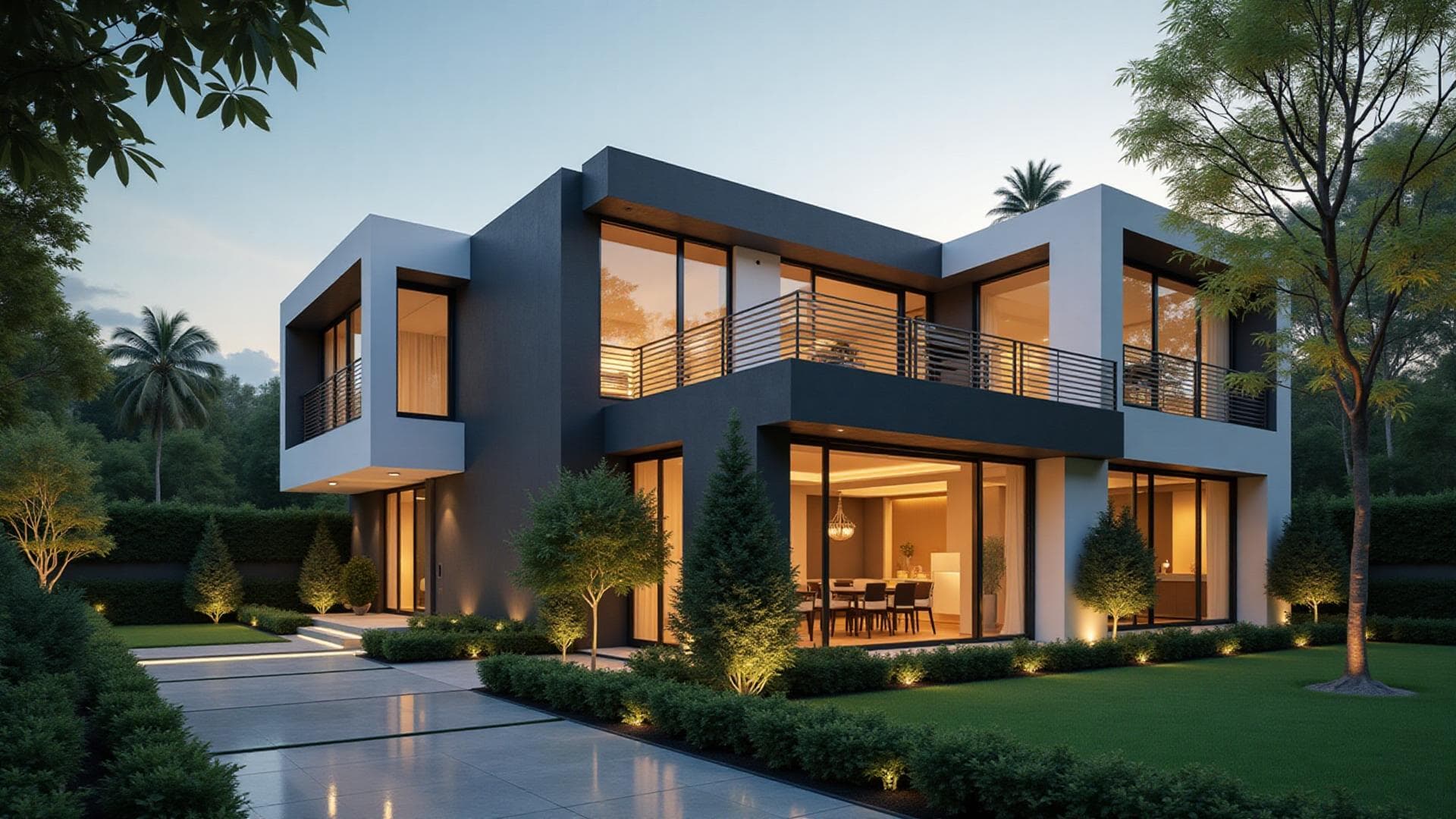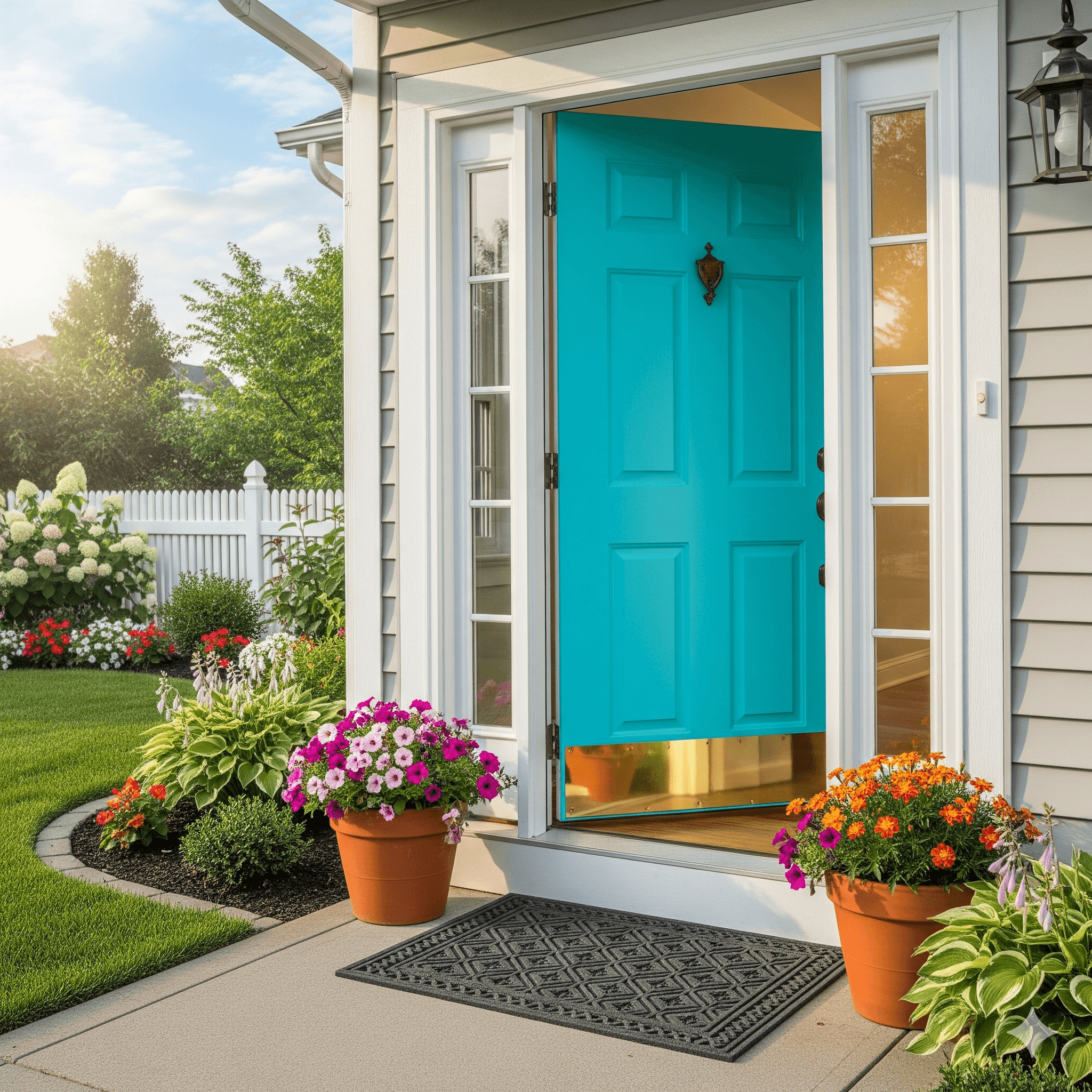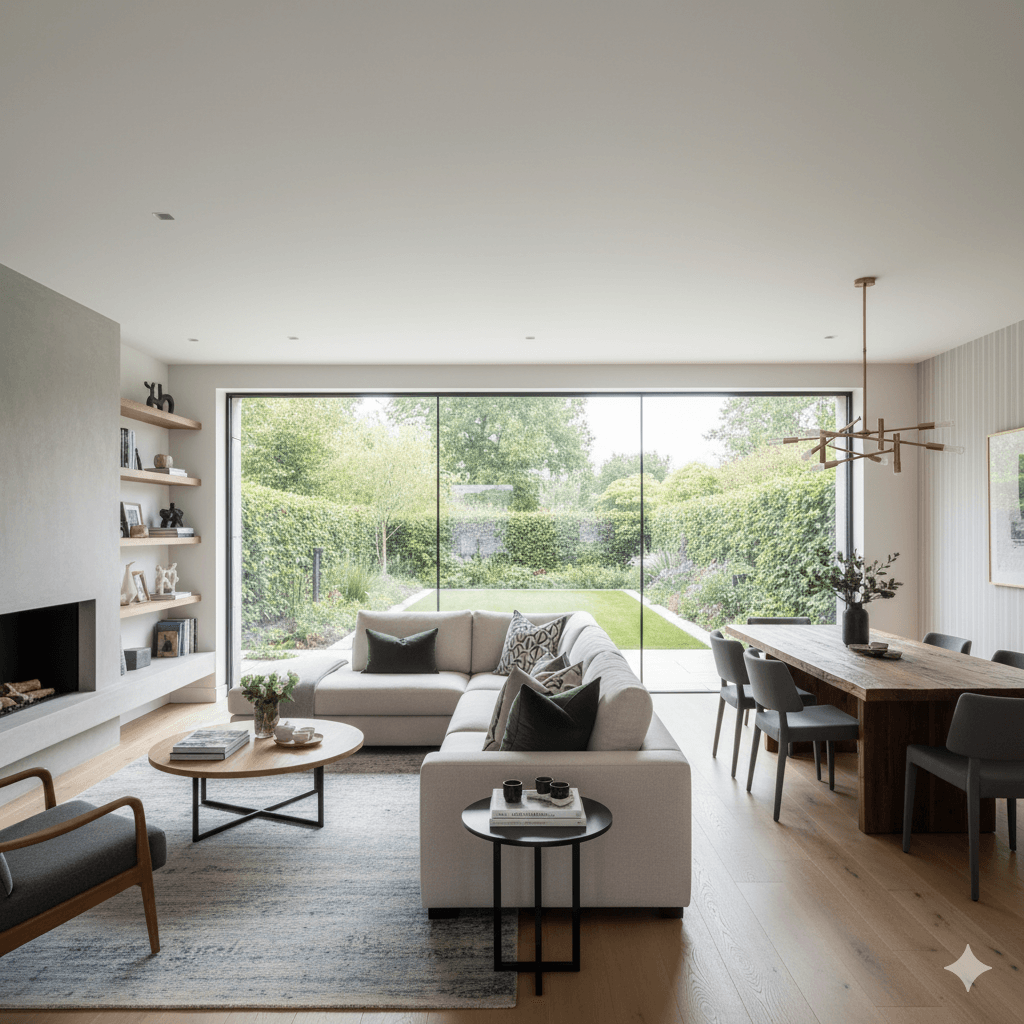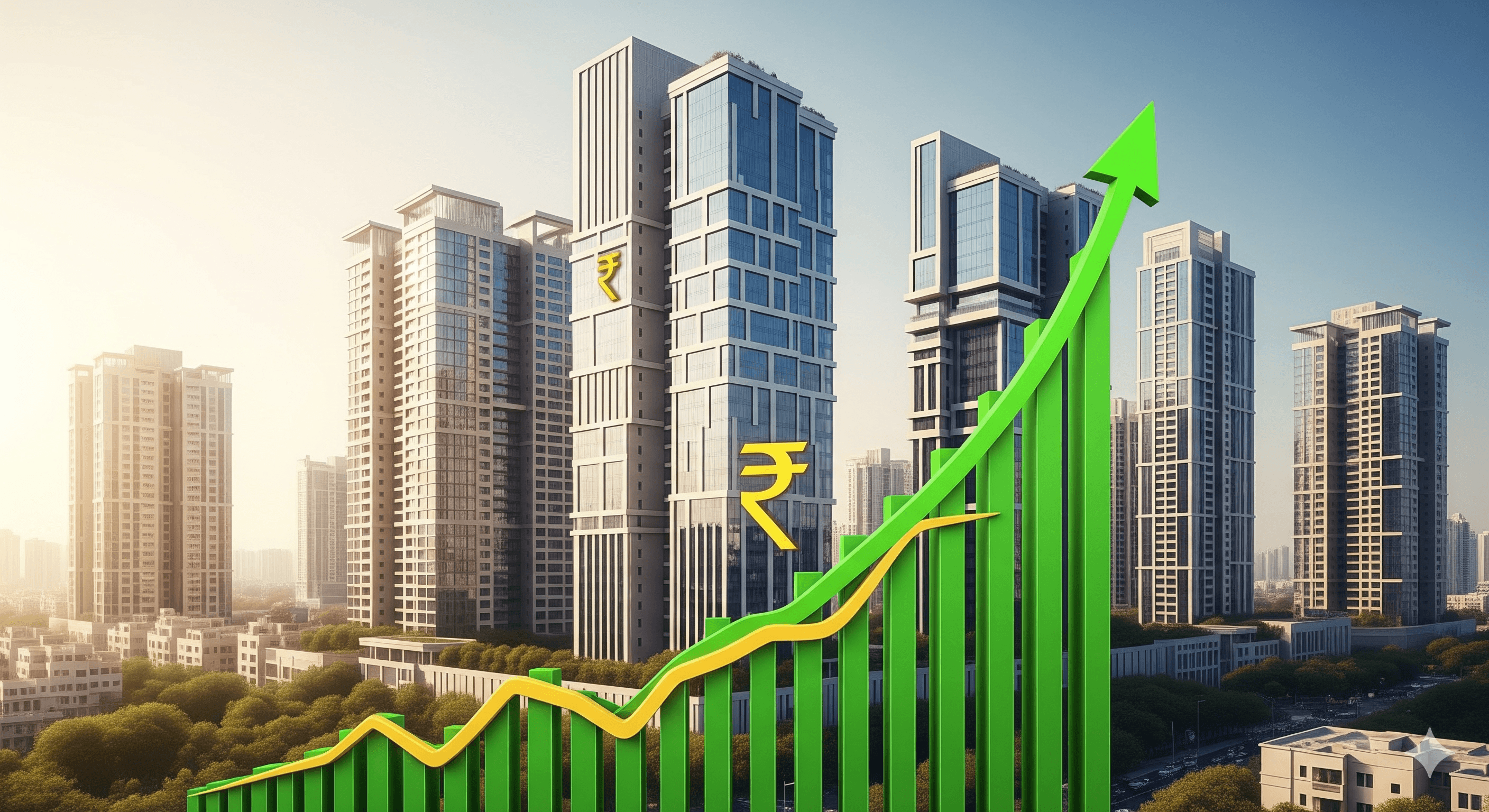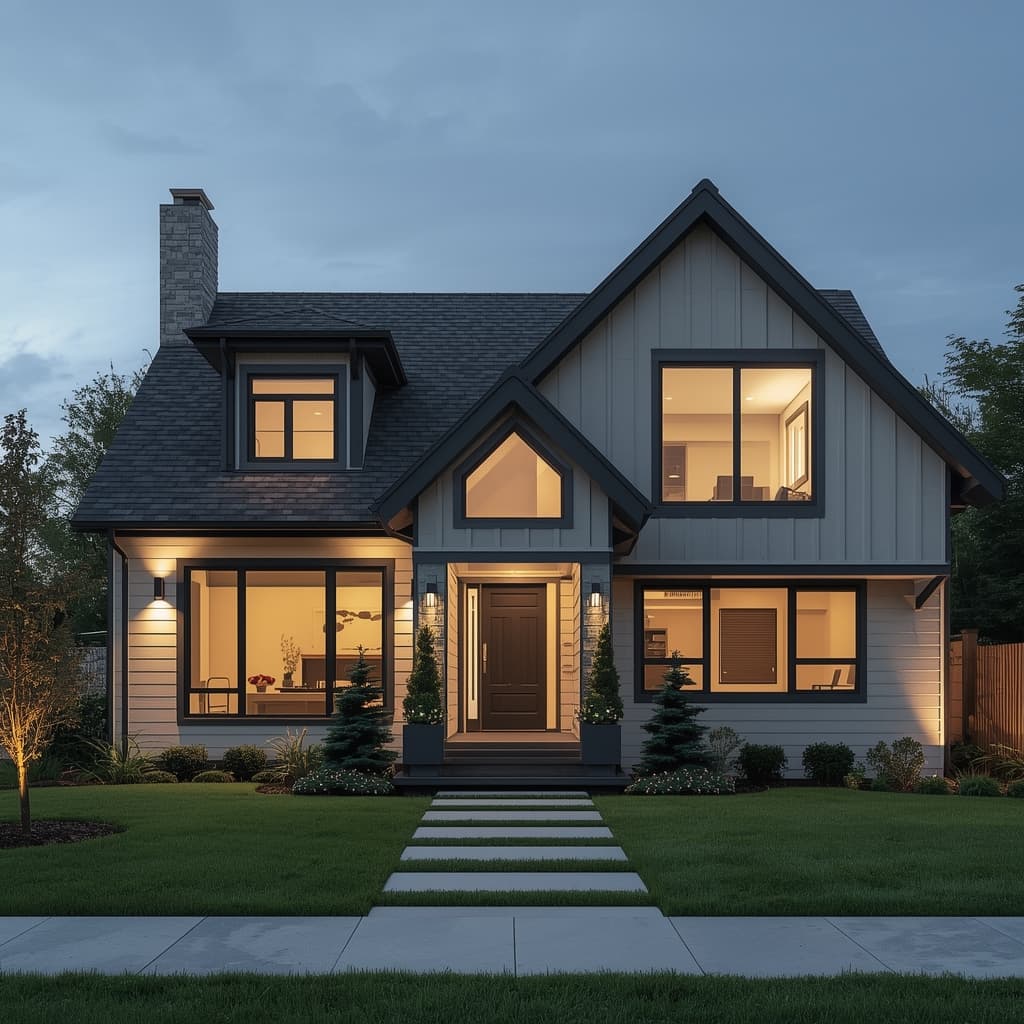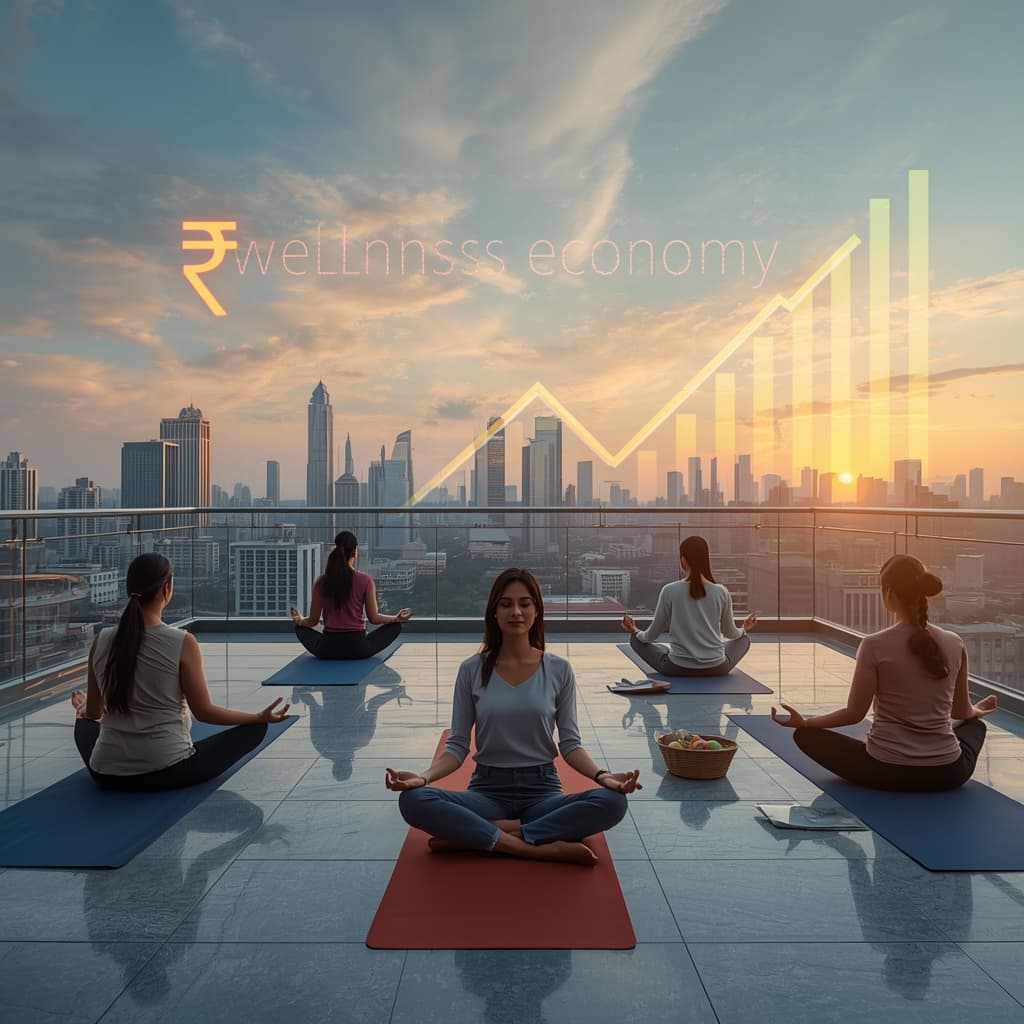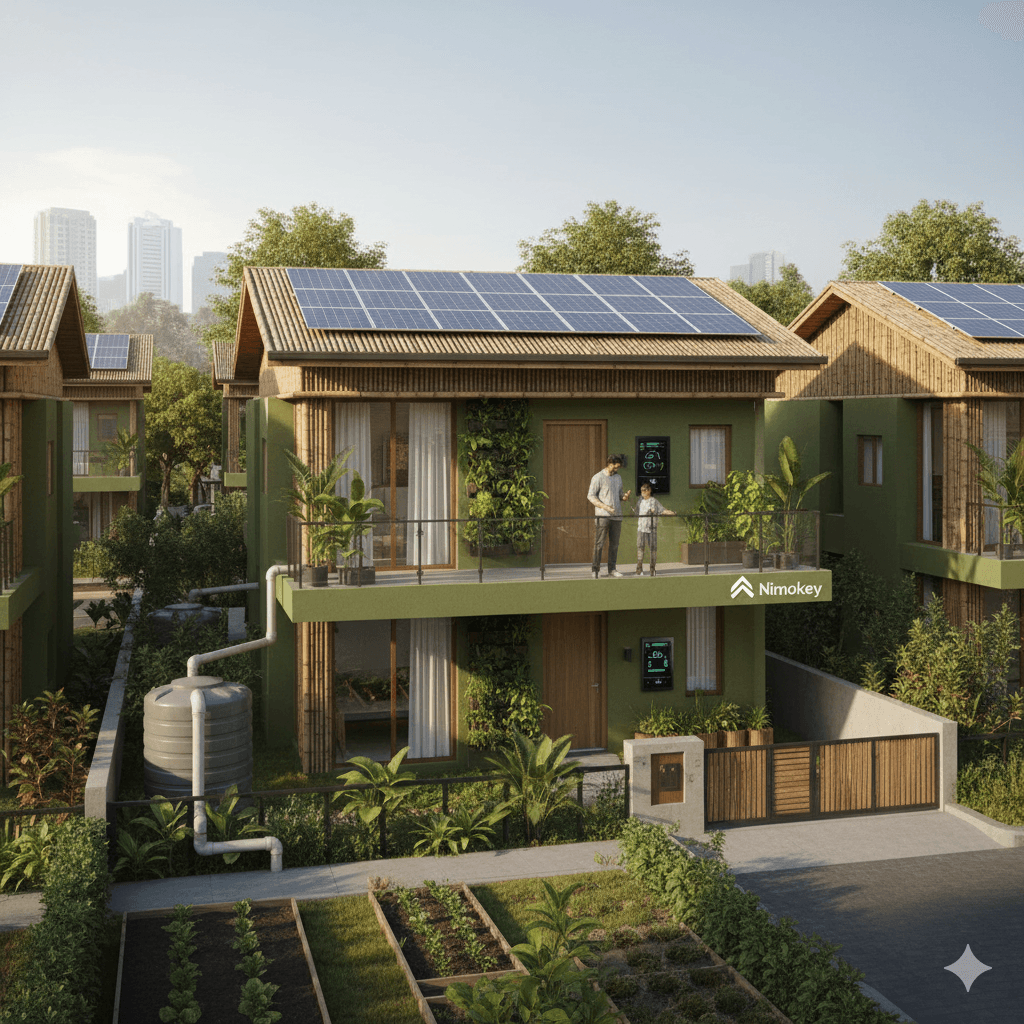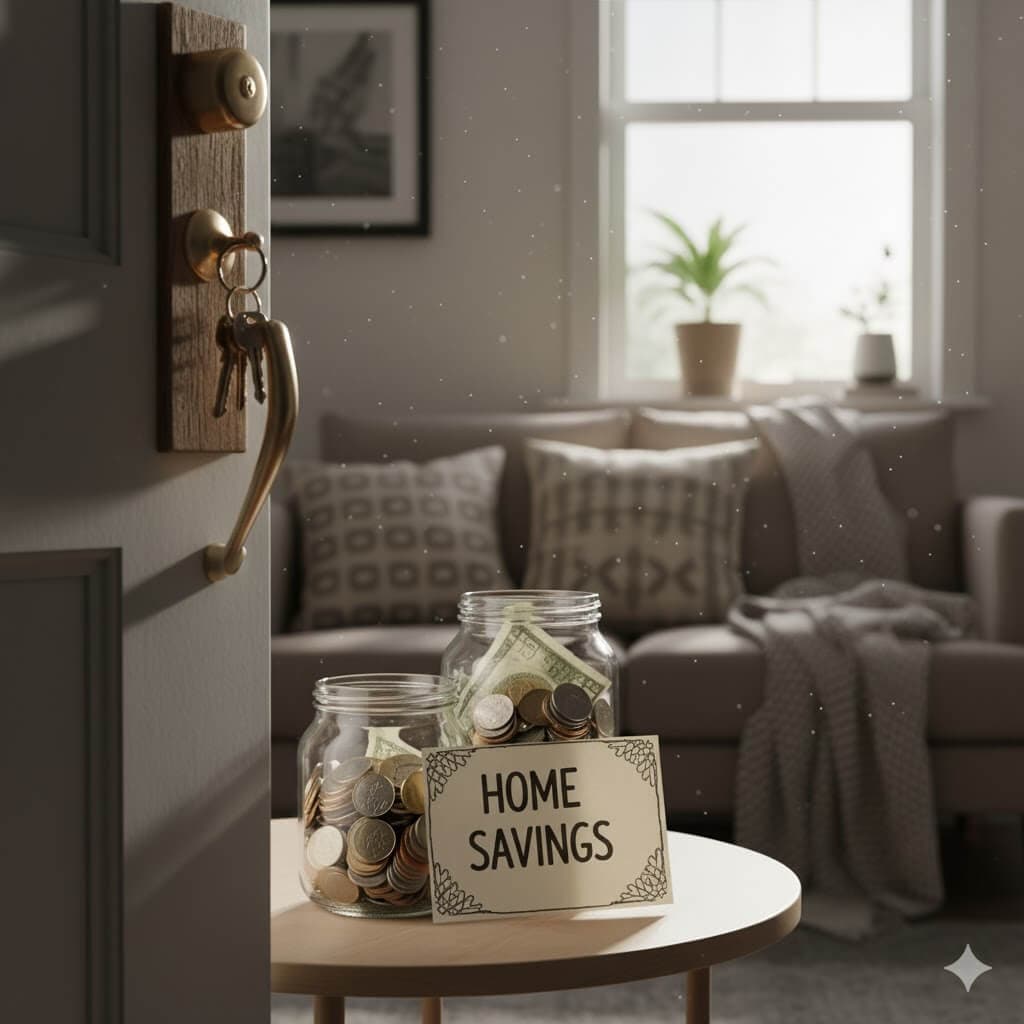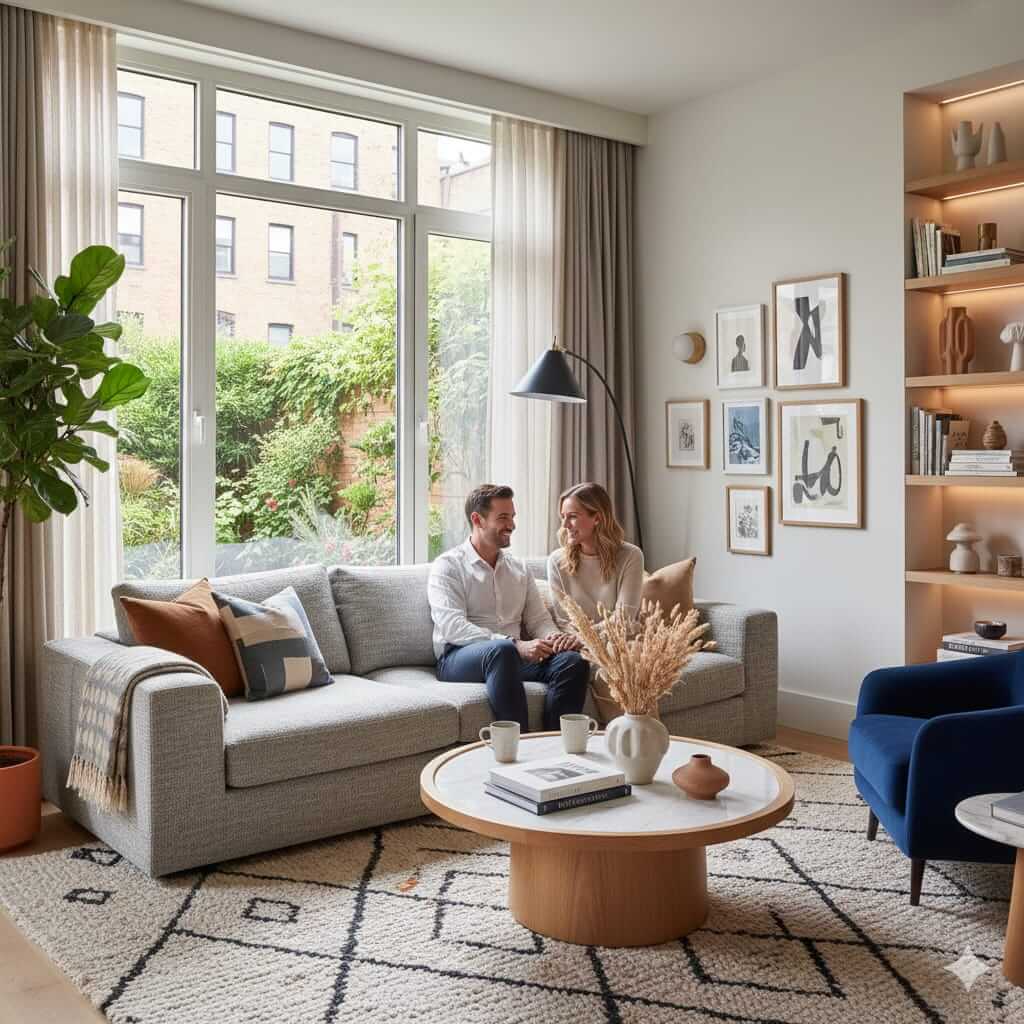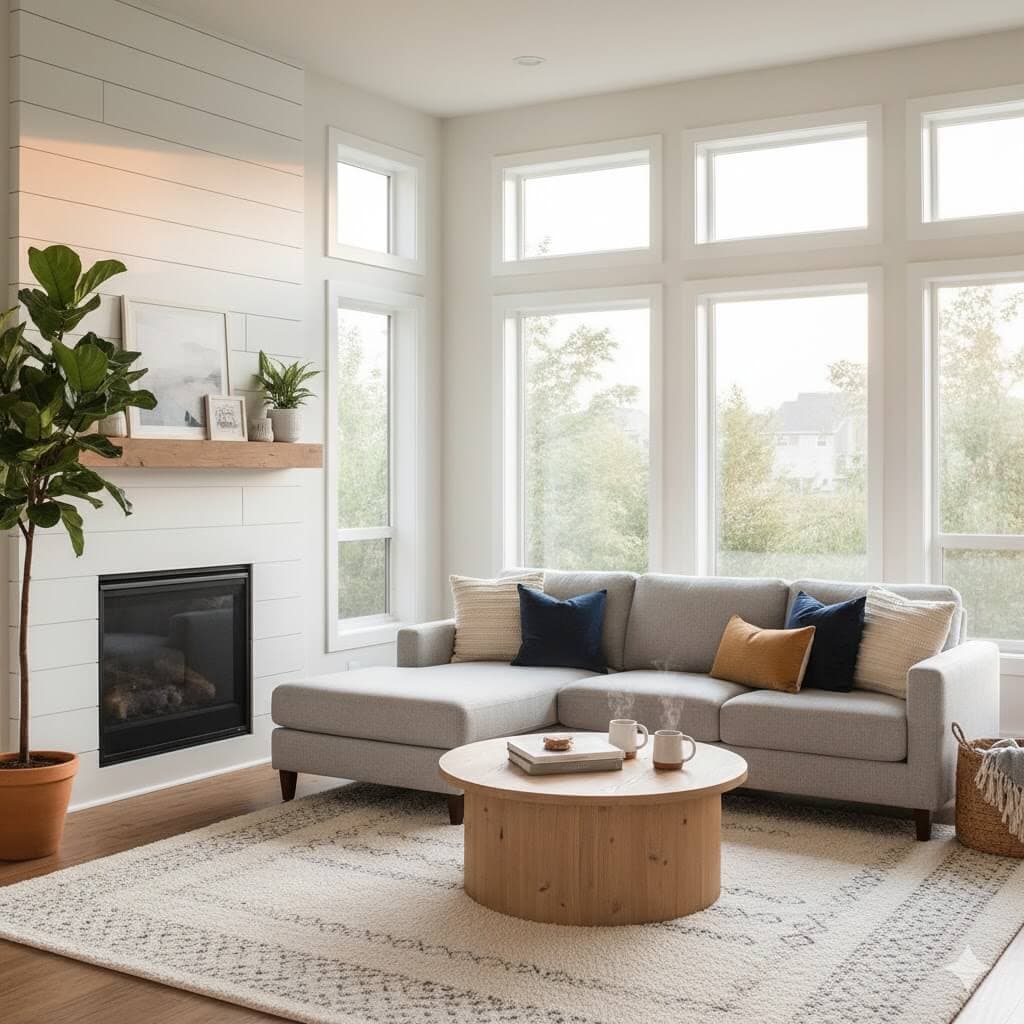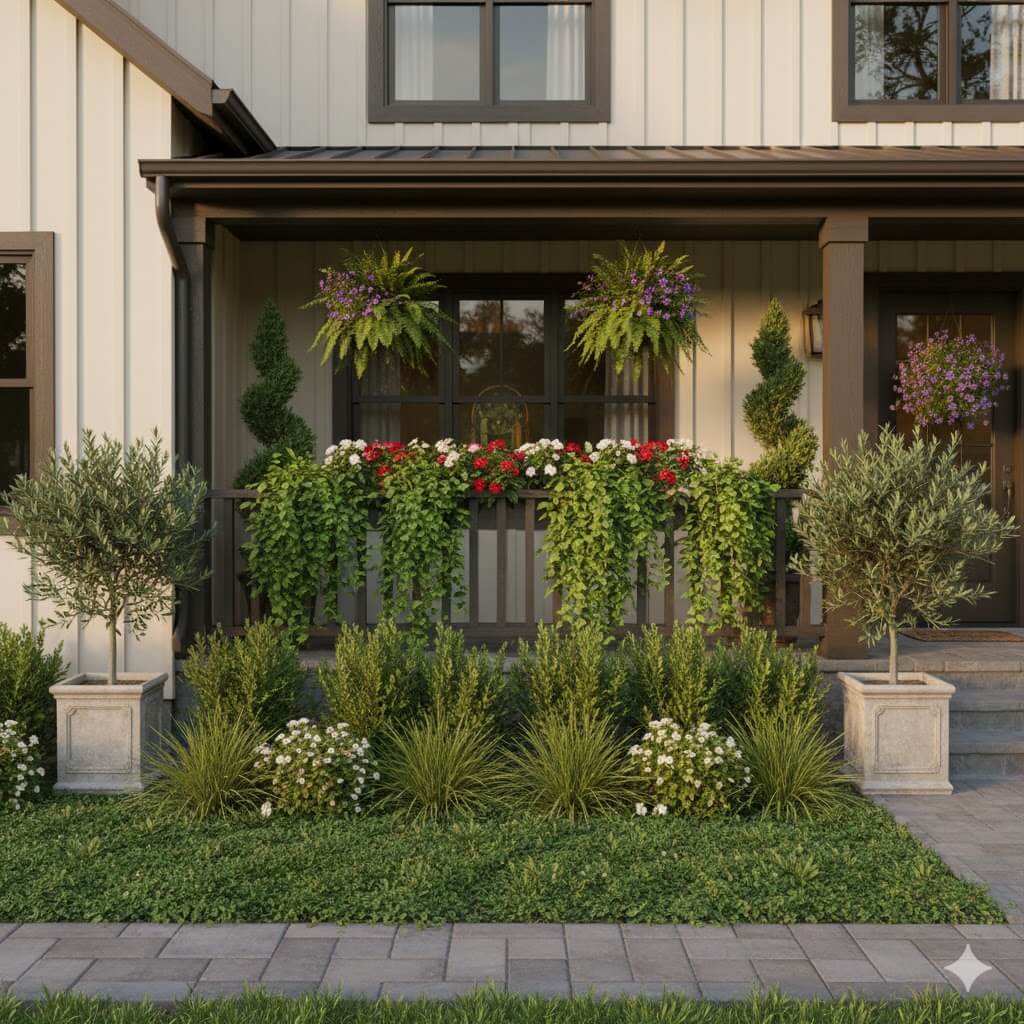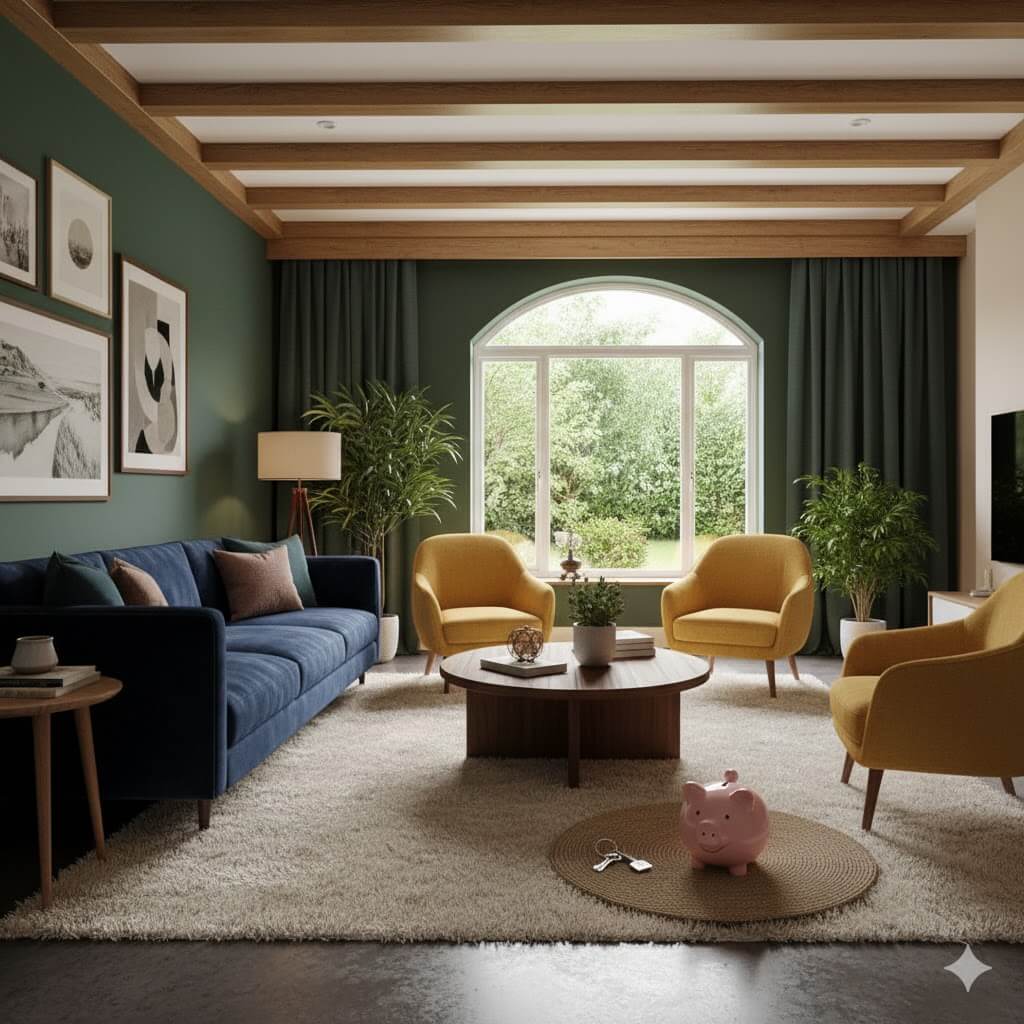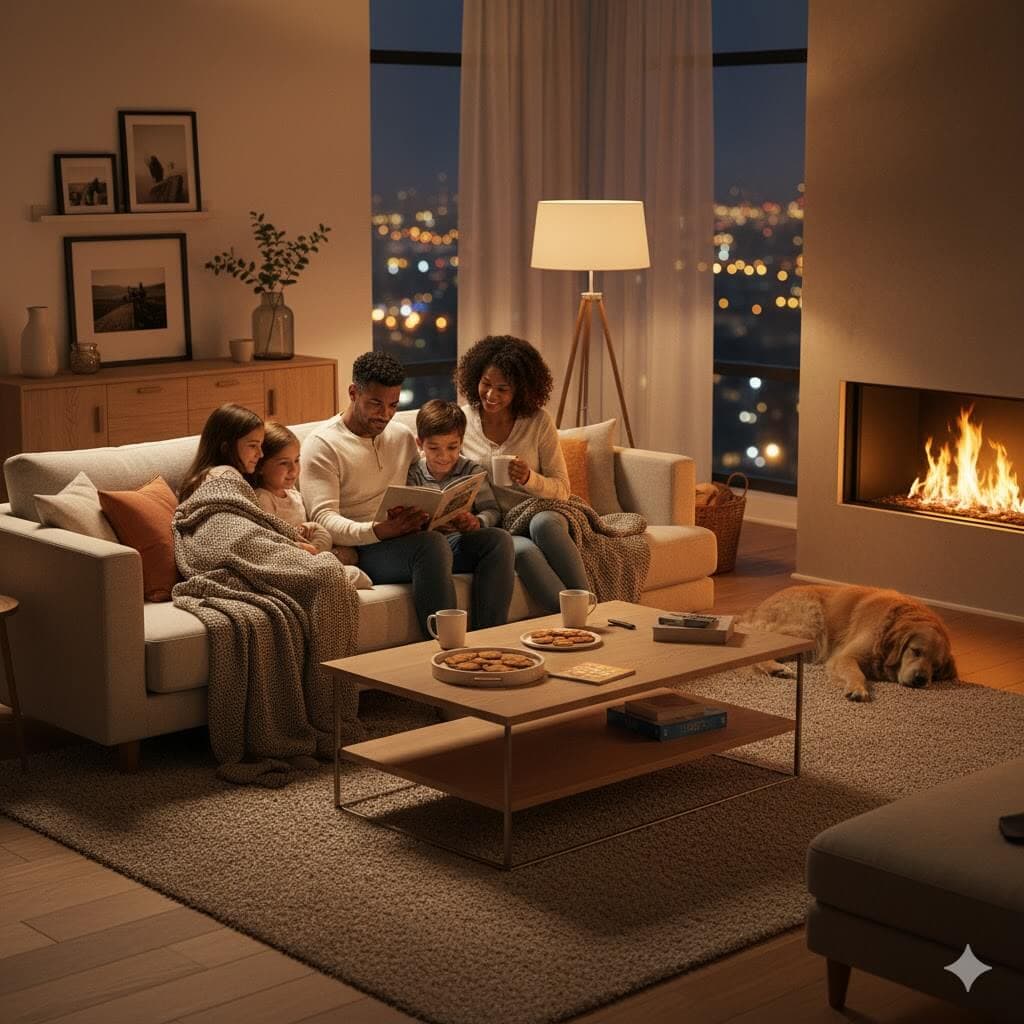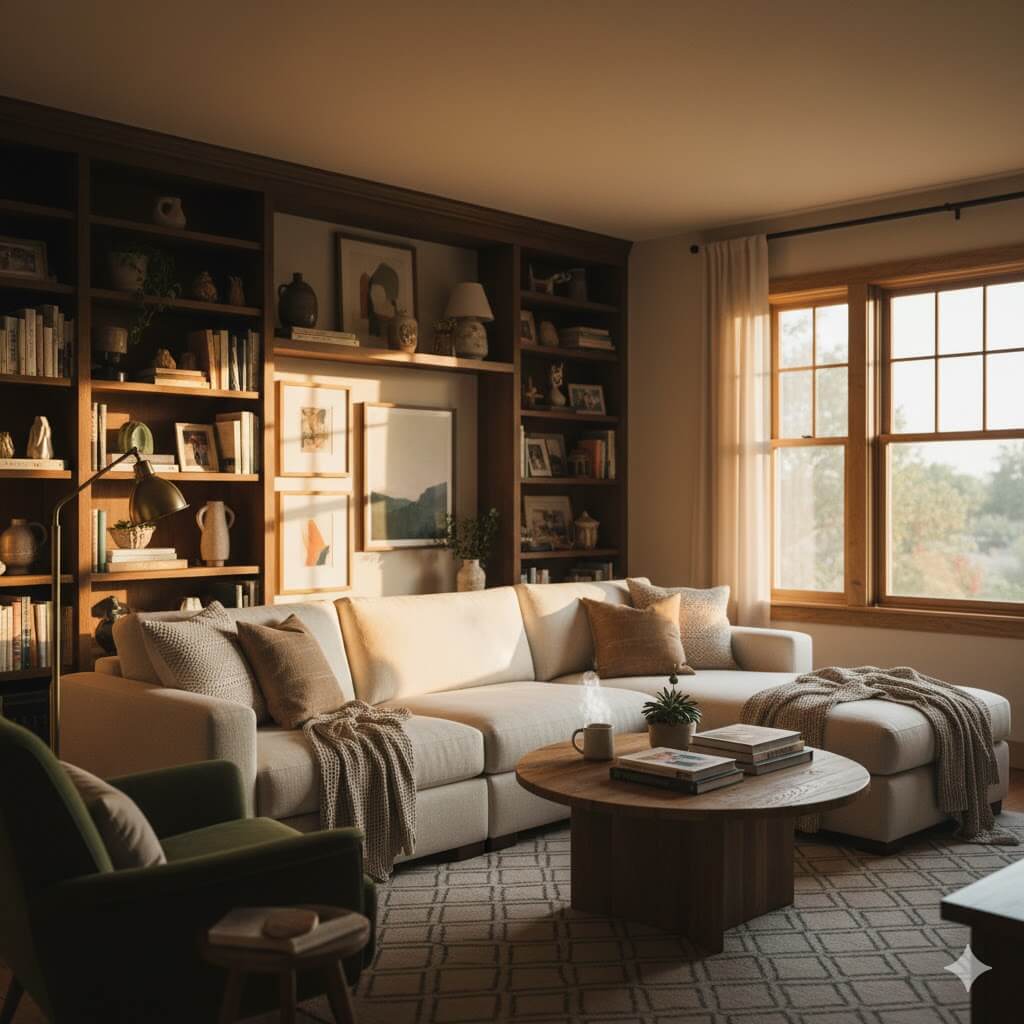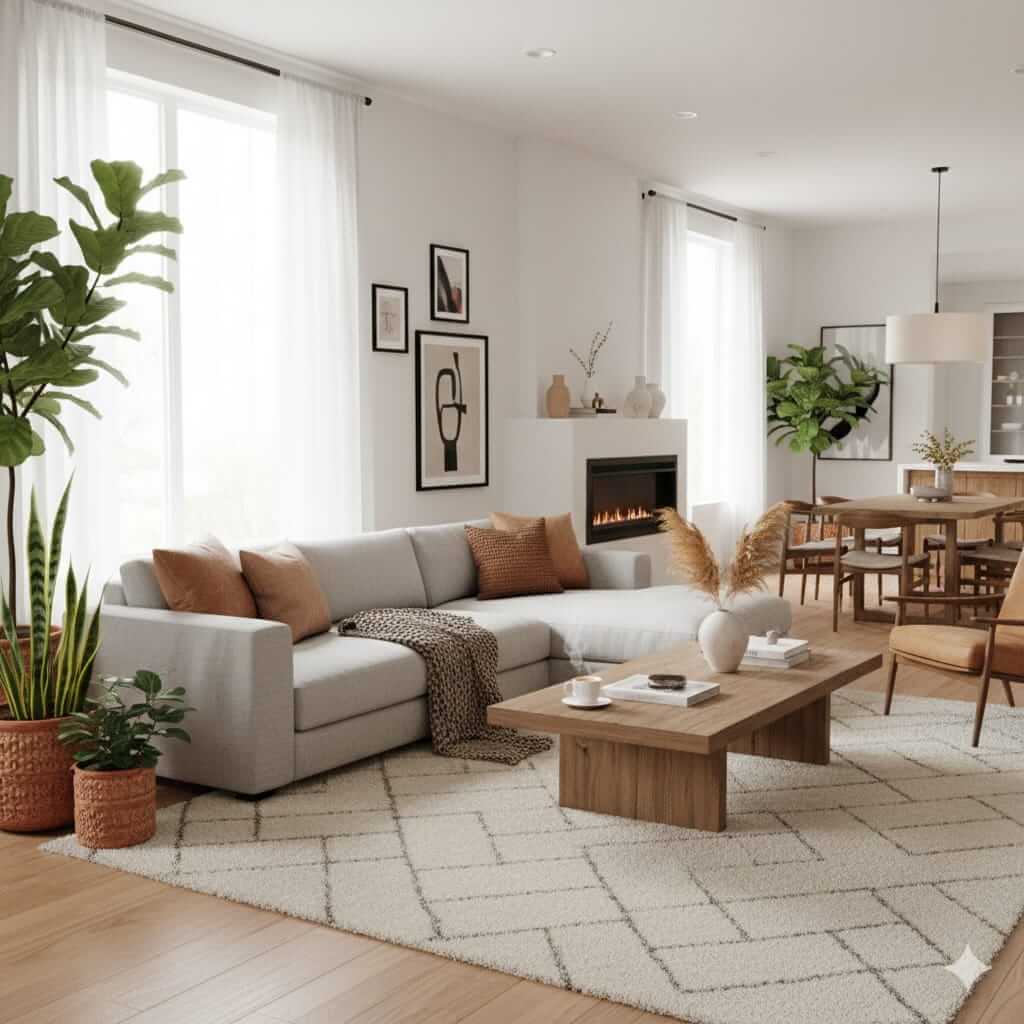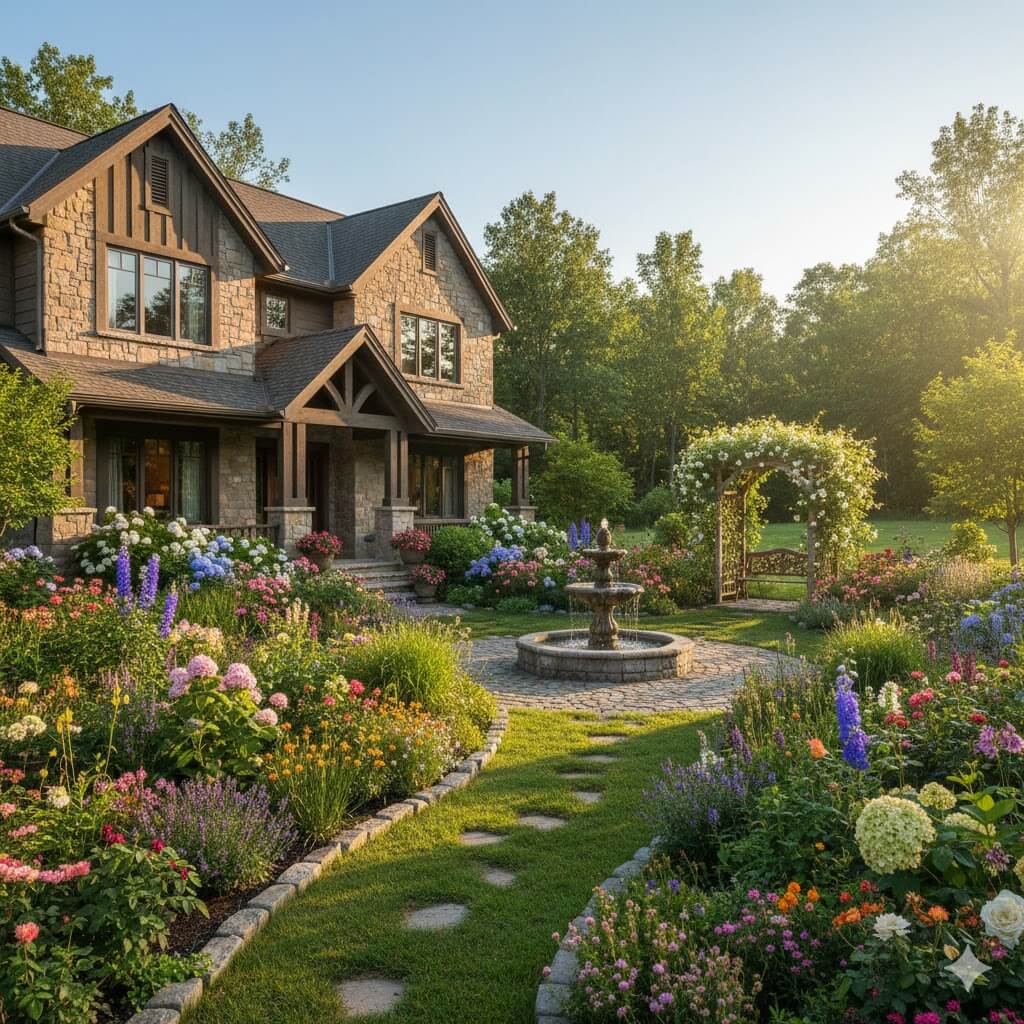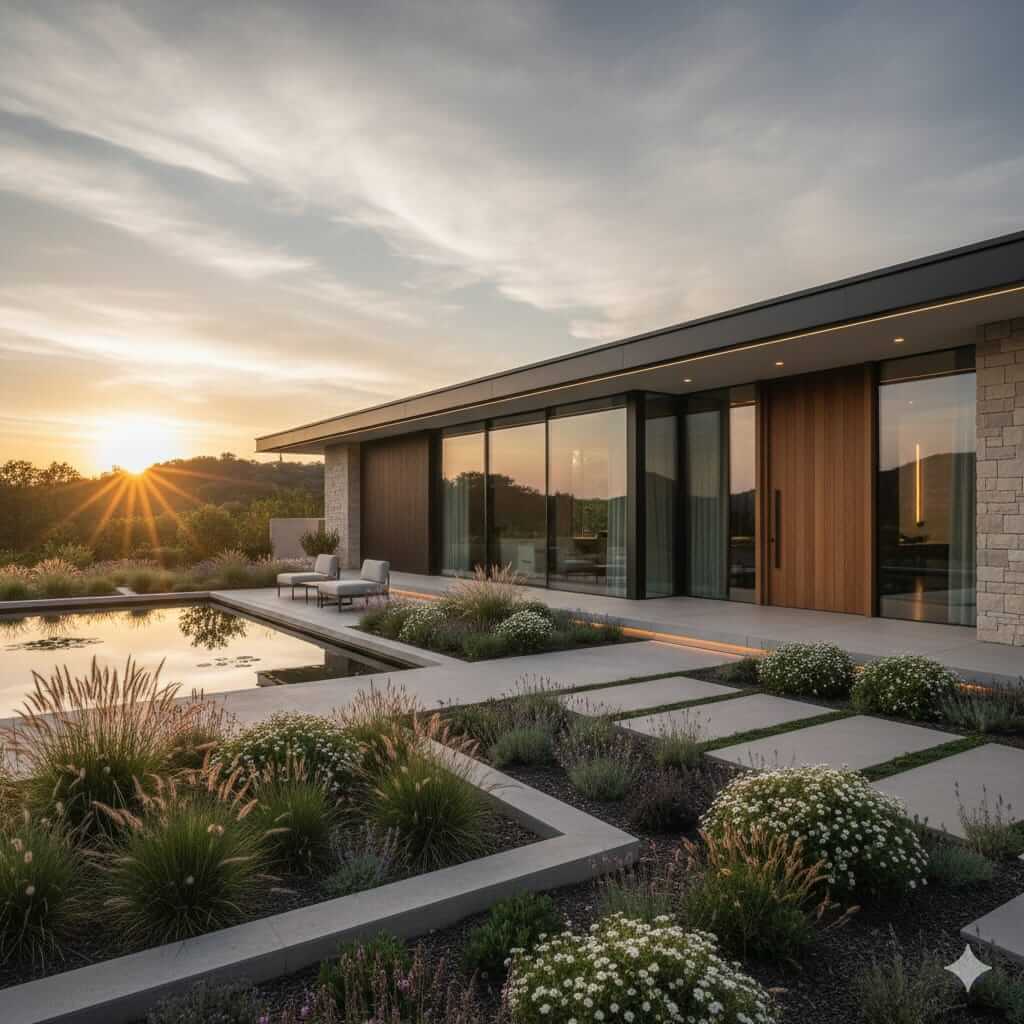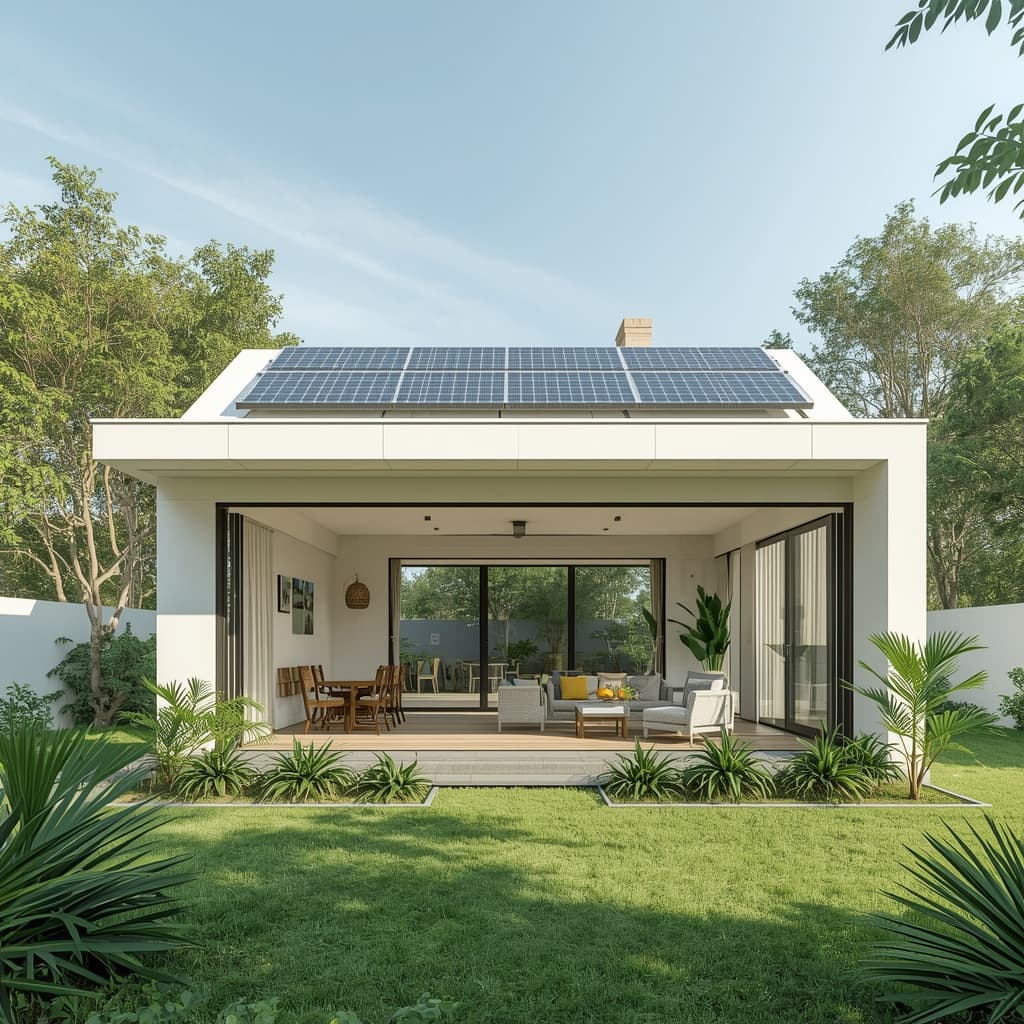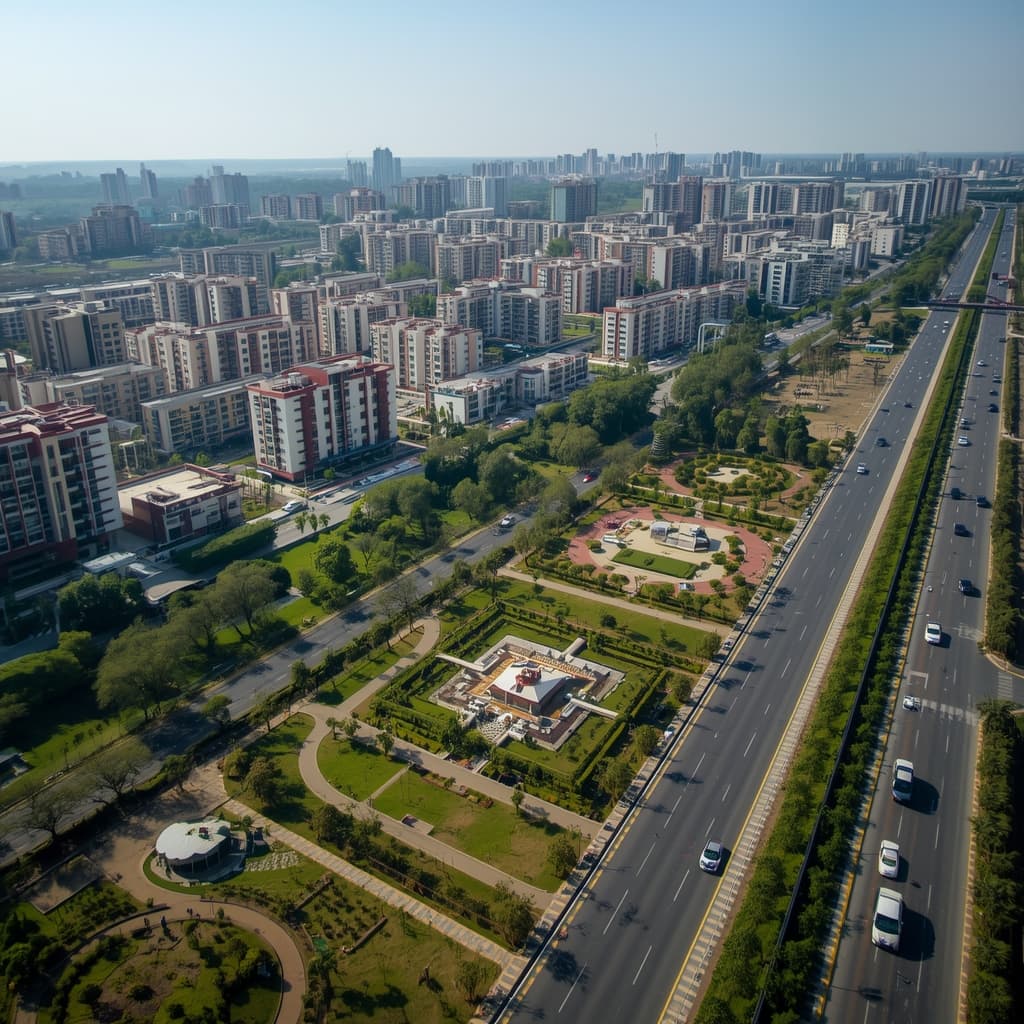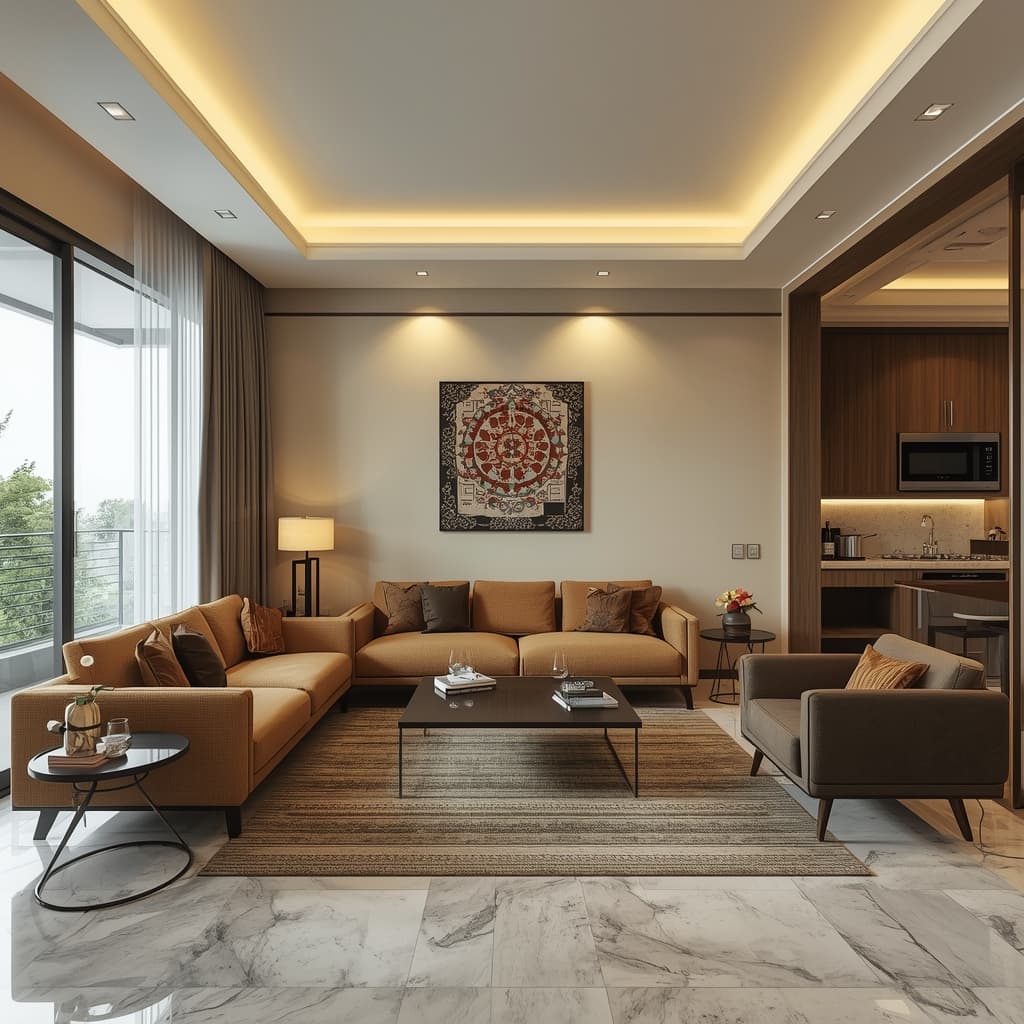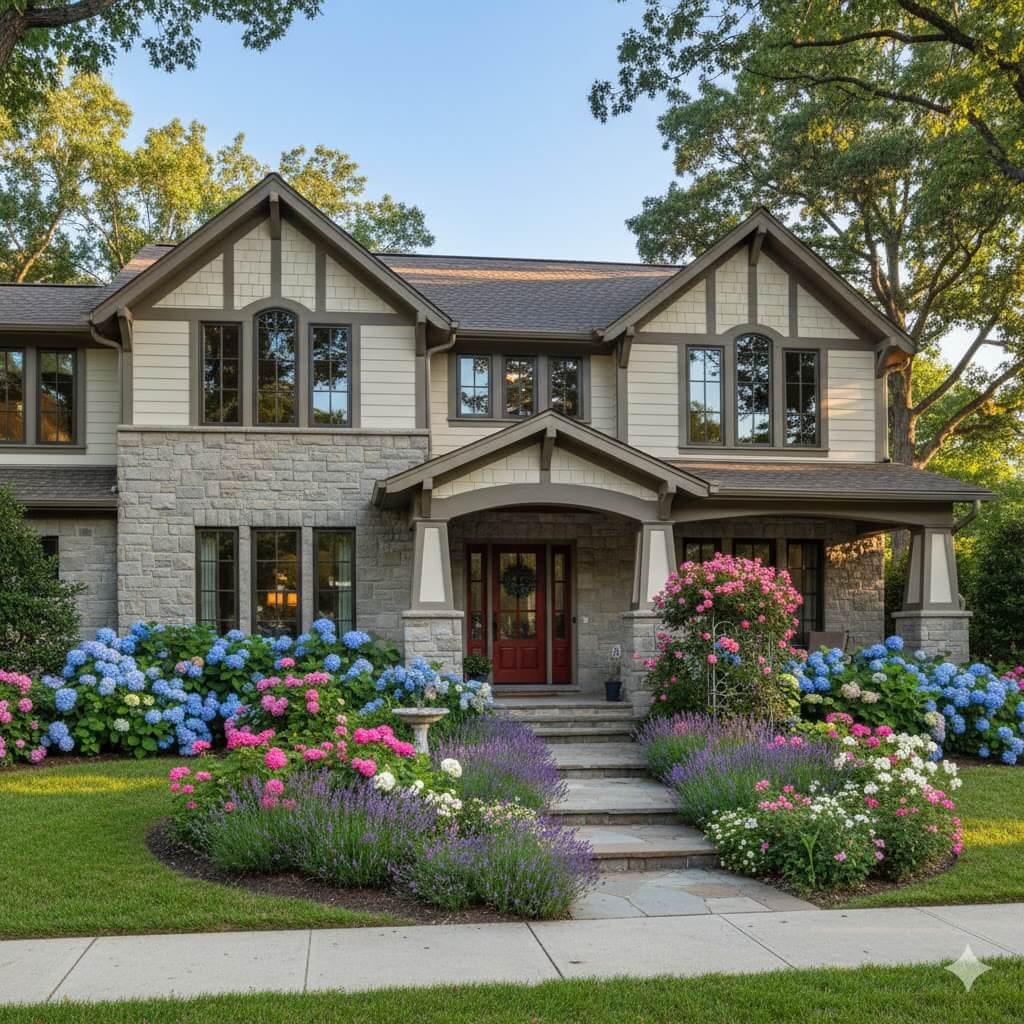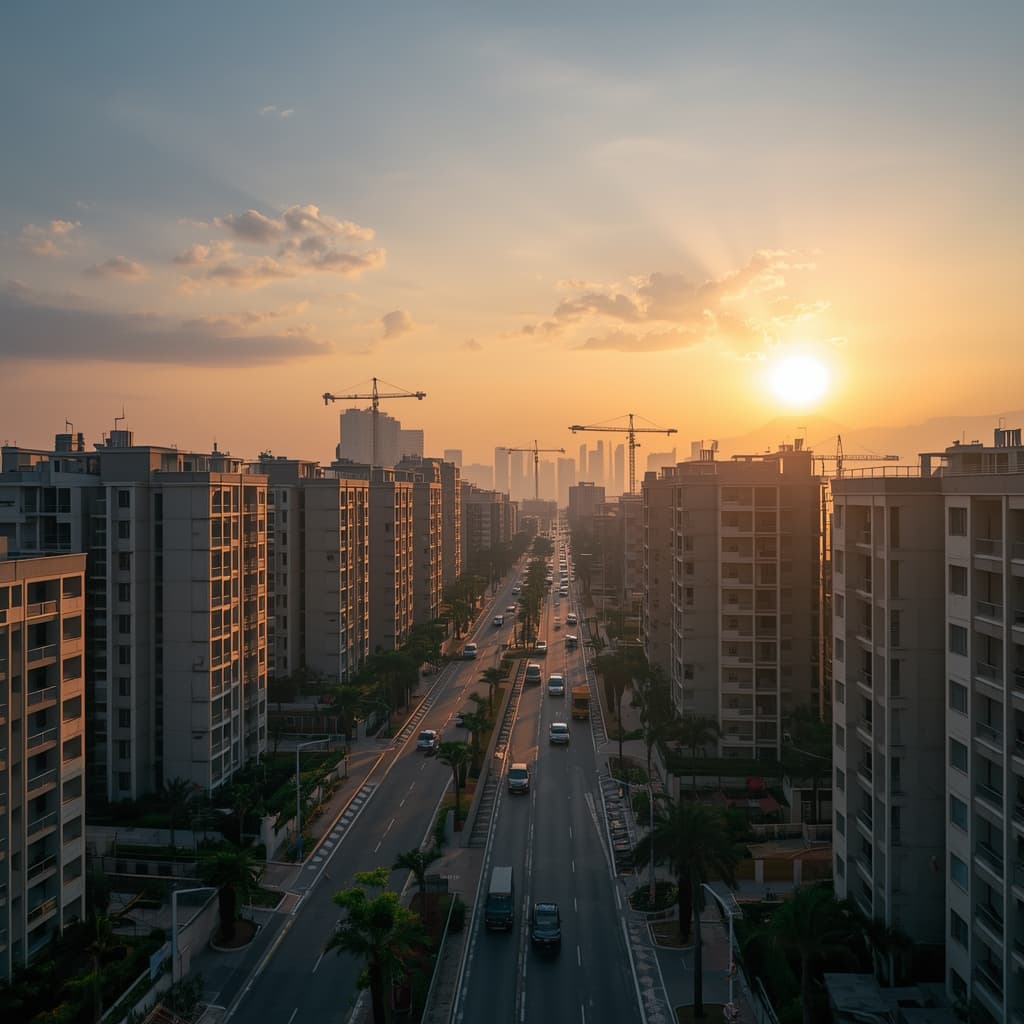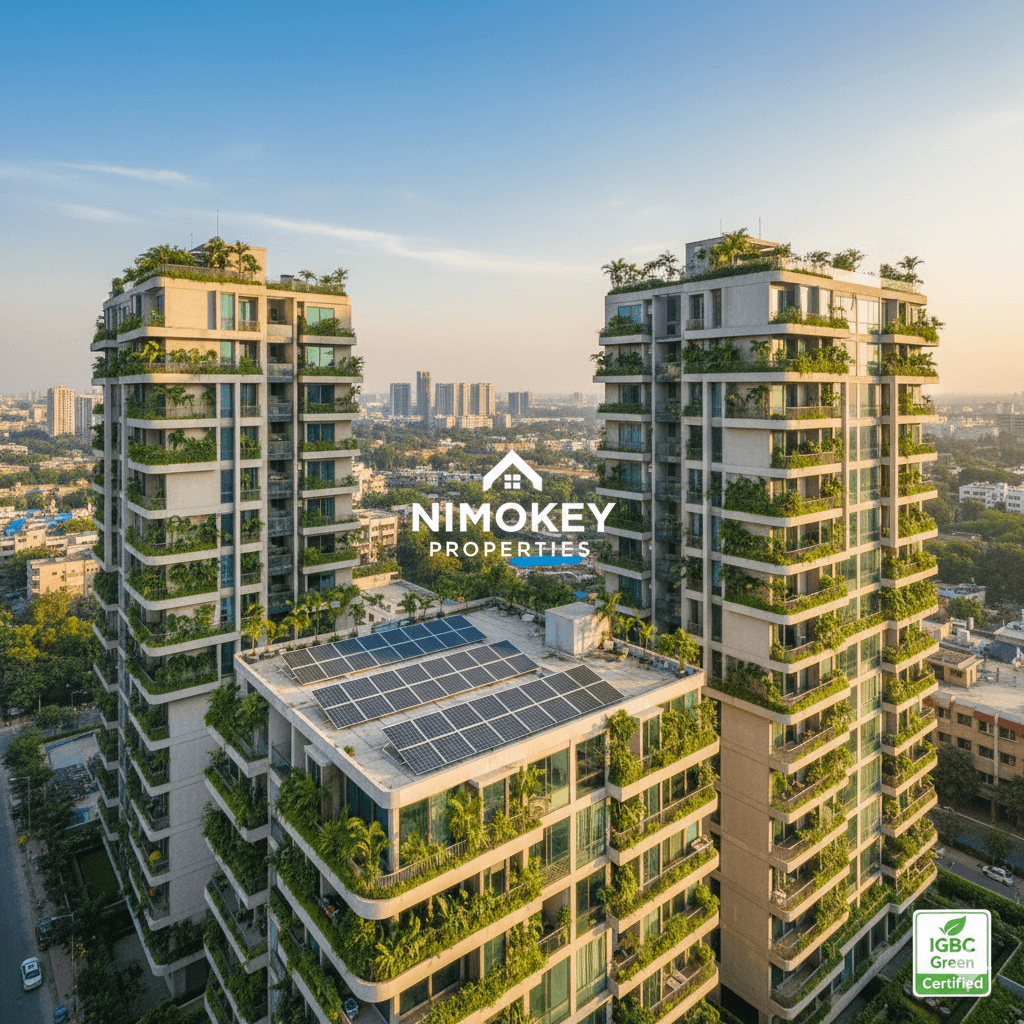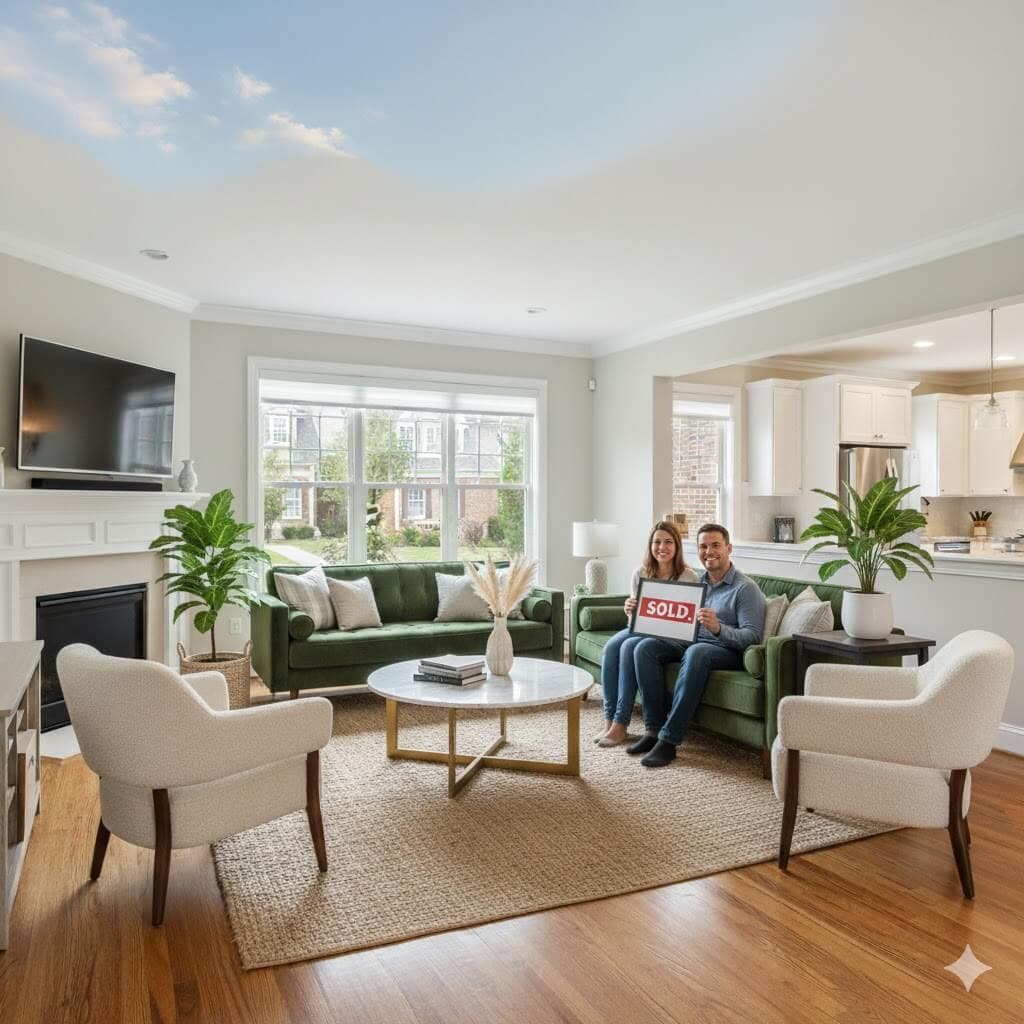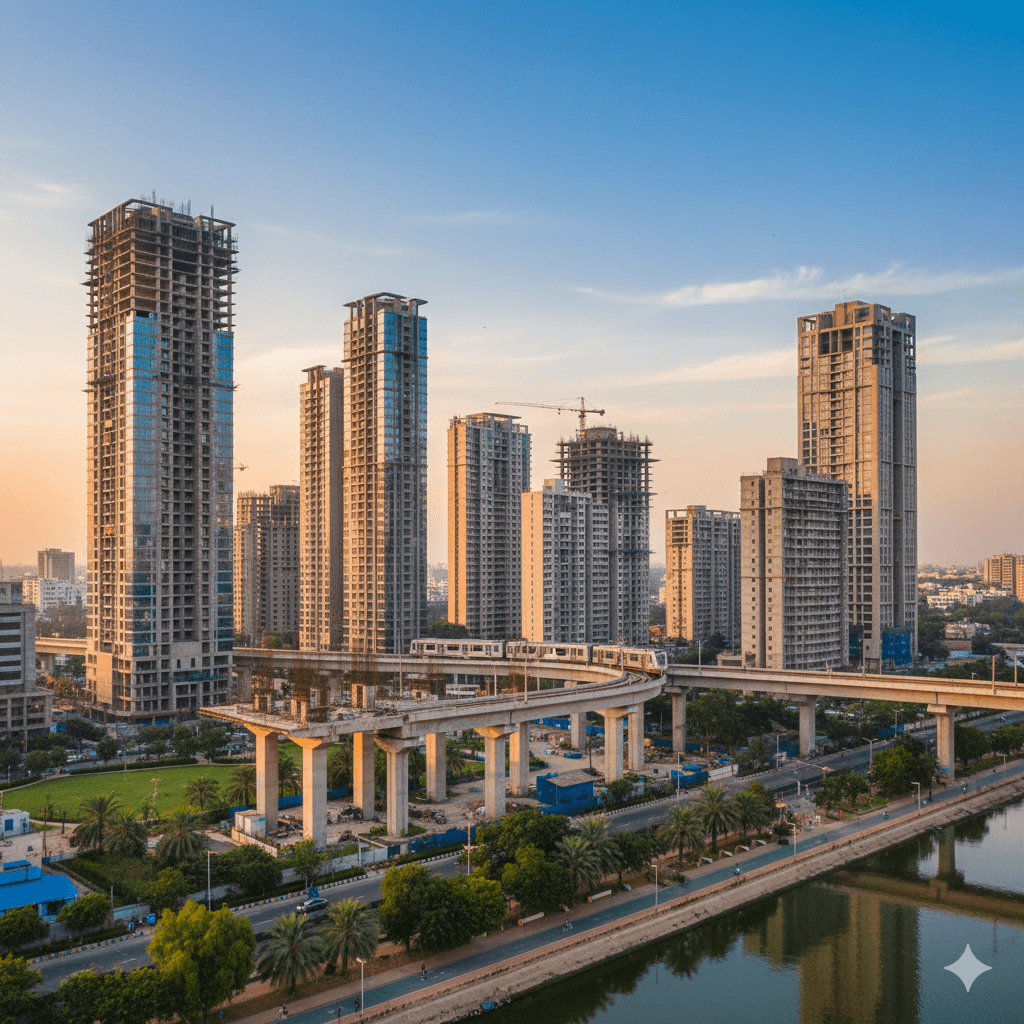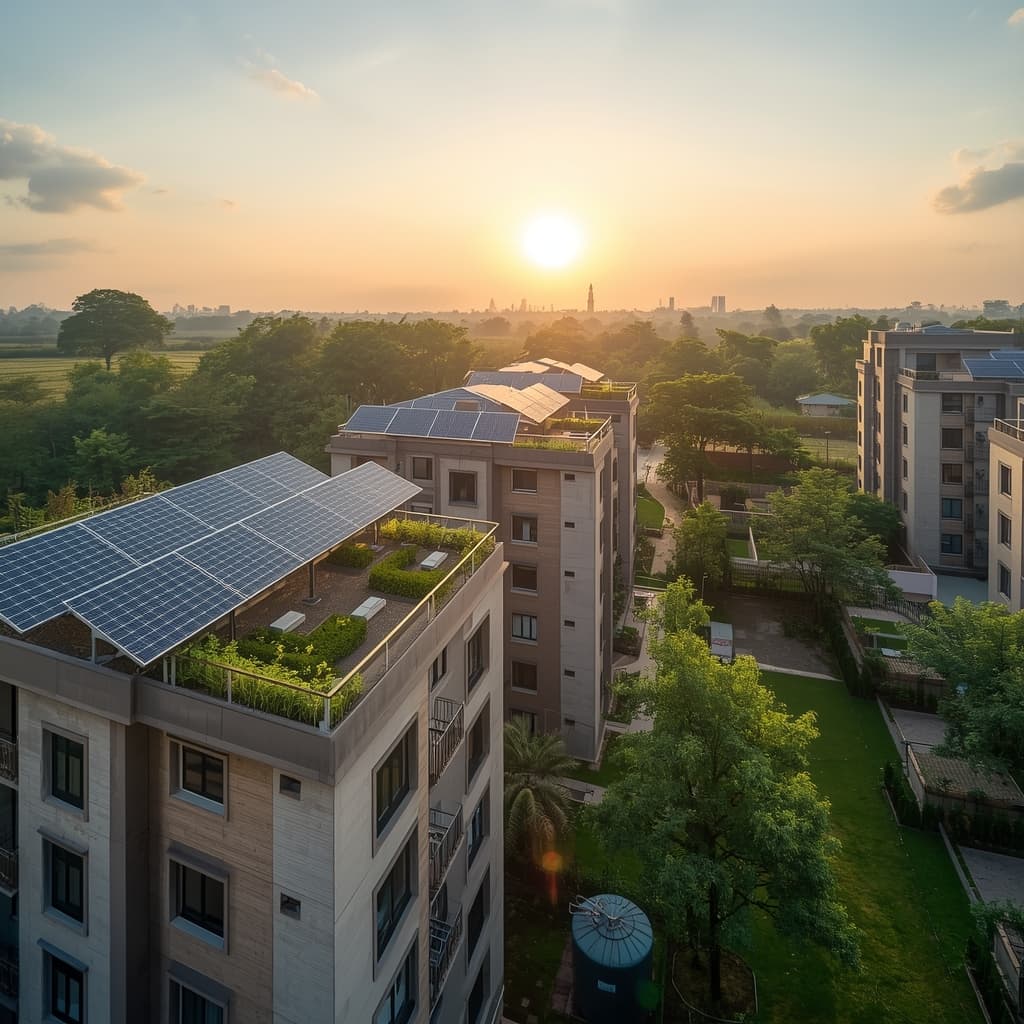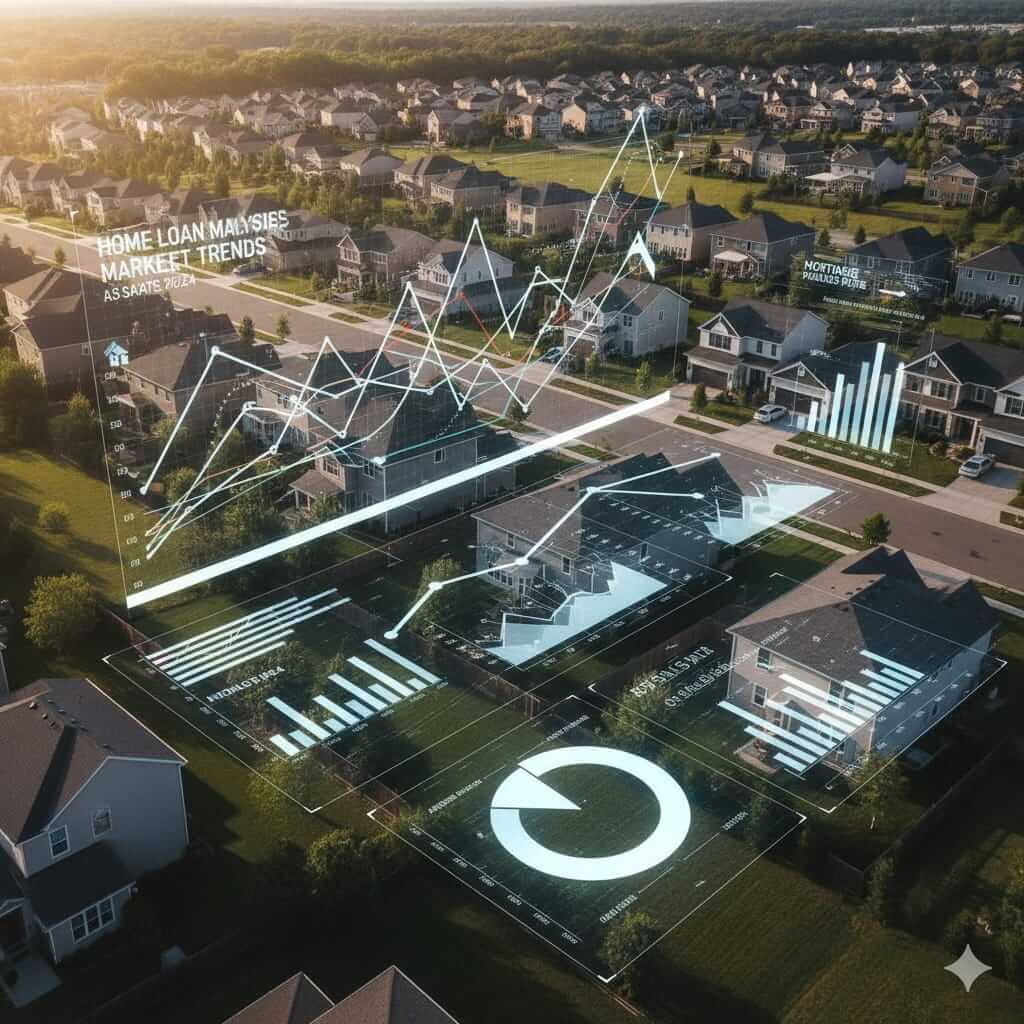Luxury vs. Affordable Housing: Demand Shift in Urban India
Explore how urban India's housing preferences are evolving. Learn why the balance between luxury and affordable housing is shifting — and what it means for buyers, developers, and investors.
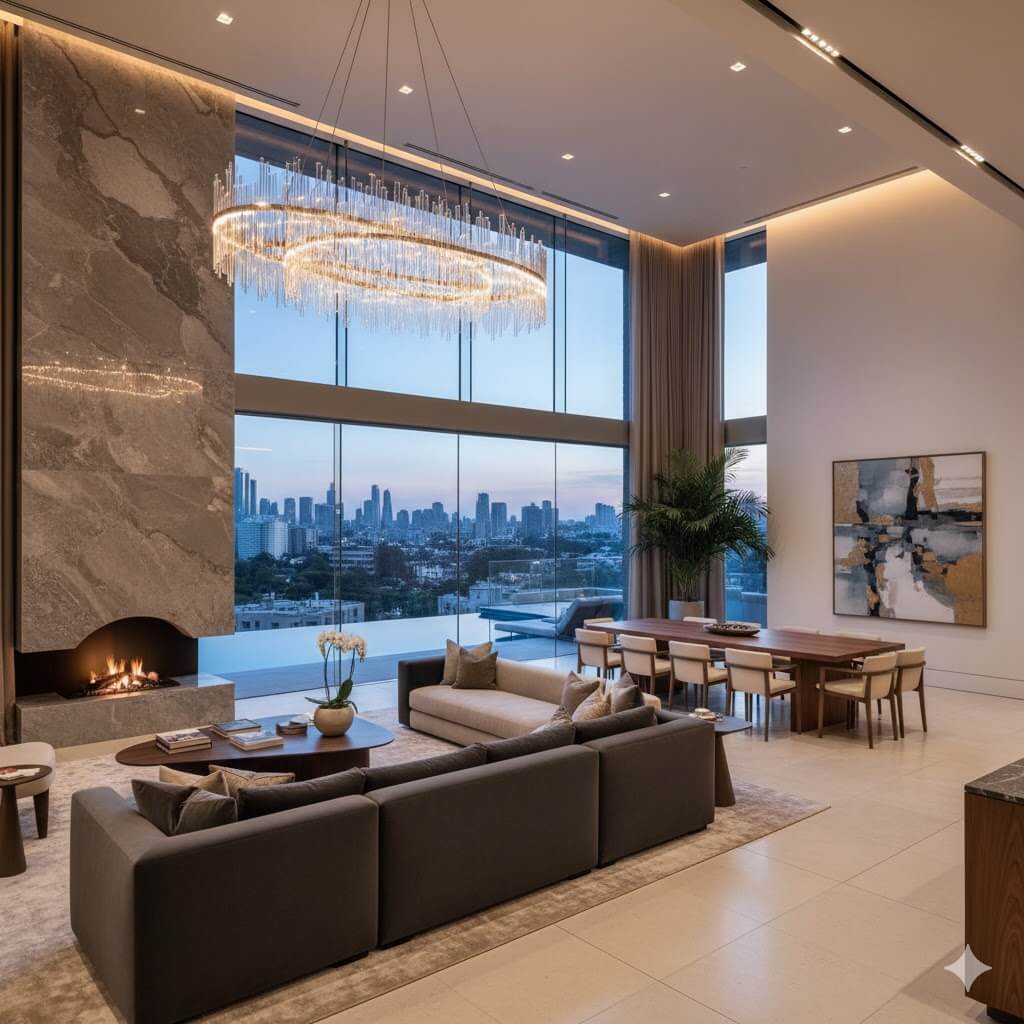
India’s urban housing market has undergone a major transformation in the past few years. From premium luxury apartments to budget-friendly homes, the demand landscape is shifting rapidly. Economic changes, evolving lifestyles, and demographic factors are reshaping how and where Indians choose to live. This article by Nimokey examines the growing divide — and surprising convergence — between luxury and affordable housing in urban India from 2020 to 2025.
1. Changing Buyer Demographics
The Indian homebuyer profile is evolving. Millennials, dual-income families, and remote professionals are influencing both luxury and affordable housing demand.
- Luxury Segment: Driven by HNIs (High Net Worth Individuals) and upper-middle-class professionals seeking exclusivity and convenience.
- Affordable Segment: Attracts first-time buyers, migrants, and mid-income households focused on long-term security.
- Common Trend: A focus on lifestyle amenities, digital connectivity, and sustainable design across both categories.
2. Economic Trends Influencing Demand
Post-pandemic recovery and policy reforms have shaped market direction. Interest rate changes, inflation, and government incentives play crucial roles in housing choices.
- Affordable housing demand rose due to lower home loan rates between 2020–2023.
- Luxury properties gained momentum in 2024–2025 as wealth creation surged in IT, startup, and finance sectors.
- Developers diversified portfolios to balance risk across both market segments.
3. Location Dynamics: Urban Expansion
The definition of “prime location” is changing. Tier-2 cities and suburban hubs are now seeing premium housing growth alongside affordable options.
- Areas like Pune, Hyderabad, and Ahmedabad are witnessing rising luxury demand.
- Affordable housing thrives in expanding peripheries of metros like Delhi NCR, Mumbai, and Bengaluru.
- Connectivity improvements — metros, expressways, and smart city projects — bridge the gap between affordability and luxury.
4. Buyer Preferences: Quality Over Quantity
Buyers today prioritize experience over space. Even affordable home seekers expect modern facilities and design aesthetics once limited to luxury properties.
- Demand for smart homes, modular kitchens, and security systems is rising across price ranges.
- Luxury buyers are focusing more on exclusivity, privacy, and sustainability rather than sheer opulence.
- Developers are introducing mid-luxury options to appeal to aspirational middle-class buyers.
5. Government Policies and Market Support
Initiatives like “Housing for All” and PMAY (Pradhan Mantri Awas Yojana) have boosted affordable housing, while luxury developments continue to attract private investments.
- Tax incentives and subsidies enhance affordability for low-income buyers.
- Relaxed FDI norms and premium project approvals encourage luxury real estate growth.
- Public-private partnerships are blending affordability with modern infrastructure in emerging cities.
6. Investment Perspective
From an investor’s standpoint, both segments offer unique advantages depending on goals and timelines.
- Luxury Housing: Promises long-term appreciation, rental income, and prestige value.
- Affordable Housing: Offers higher liquidity, steady demand, and policy-backed security.
- Smart investors diversify portfolios to hedge against market volatility.
7. Future Outlook (2025 and Beyond)
The gap between luxury and affordable housing is narrowing as innovation, digital adoption, and sustainability redefine urban living standards.
- Developers are focusing on “value-driven luxury” — premium features at mid-level pricing.
- Affordable housing will remain a key growth driver due to rising urban migration.
- Smart homes, green buildings, and community-centric projects will dominate both segments.
Conclusion
Urban India’s housing story is no longer about luxury versus affordability — it’s about lifestyle, accessibility, and value. While luxury housing reflects aspiration and success, affordable housing embodies stability and inclusion. Together, they shape the future of India’s real estate ecosystem. Whether you're a buyer, developer, or investor, understanding this demand shift helps you make informed, future-ready decisions. Stay updated with Nimokey for in-depth market insights and real estate trends shaping modern India.
About Ayushi Payal
Real estate expert with over 10 years of experience helping clients navigate the property market. Specializing in market analysis and market analysis.
